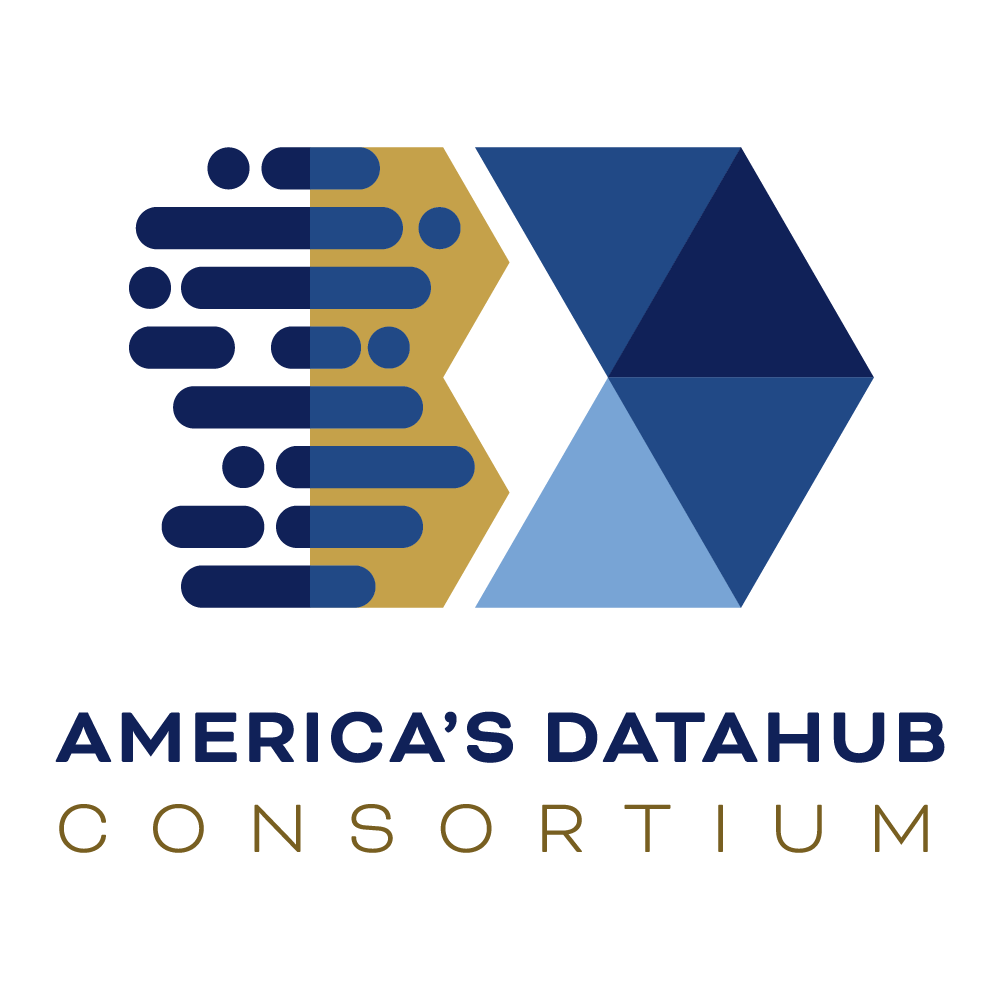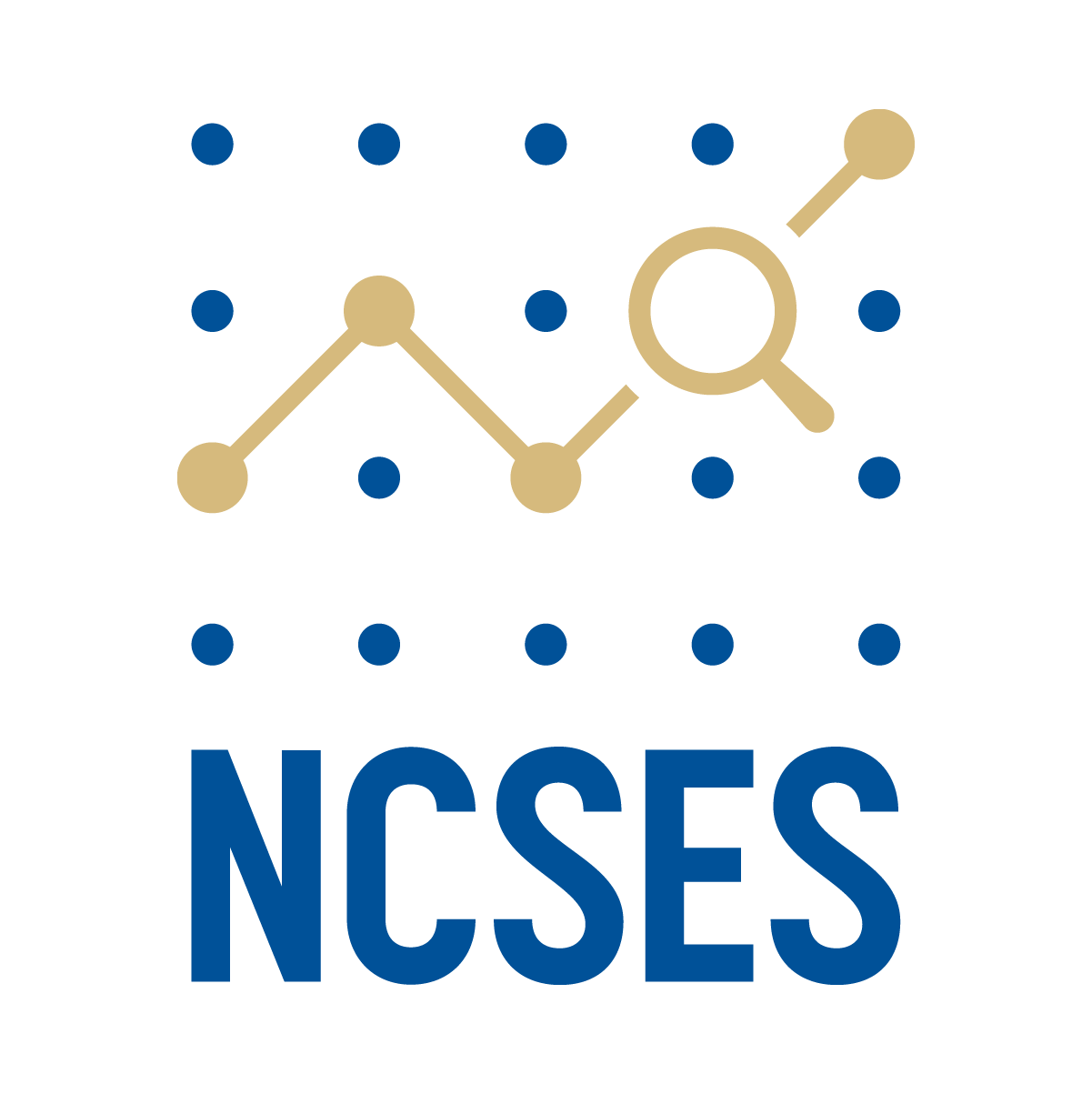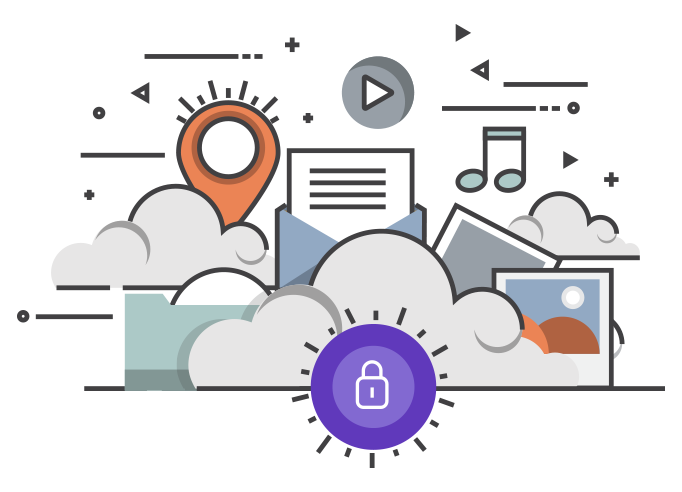Project Name:
Utilizing Privacy Preserving Record Linkage with Parent Agency Data and Statistical Agency to Inform Programs and Policies (NCSES/NSF)
Contractor: NORC at the University of Chicago
Lessons Learned
During this second quarter, NORC and NSF/NCSES received feedback from leadership on the data sharing agreement concerning linkage assessment and quality assurances. Comments identified the need for specified mechanisms for assessing the quality of linked records. Both parent and statistical agencies providing data for linkage would benefit from metrics and methods for ensuring records in each respective file were linked correctly. NORC and NSF/NCSES learned that identifying and providing detail on these methods as identified quality assurances within the data sharing agreement are necessary. Making this a standard part of our data sharing agreement and linkage strategy as a demonstration will support that it is a standard part of future PPRL efforts.
Additionally, another lesson learned this quarter was the importance of visualizations to aid the
description of complex processes and strategies such as record linkage. In developing and revising the Data Sharing Agreement, we found that creating a process flow diagram greatly assisted the description of the entire record linkage process. The text describes the process as well as ownership during each step of the linkage process. The visualization provided an added level of communication to promote a fuller comprehension by the reader. During review, we found that adding visuals aided in the decision process as well. Going forward, we plan to incorporate visuals when appropriate to make all descriptions clear and easy to understand and we encourage their inclusion in future PPRL efforts.
As we worked through the process of developing the software selection recommendation memo this quarter, we continued to see the importance of understanding available PII when selecting a PPRL tool, which builds off a lesson learned from the prior quarter. PPRL tools are not one-size-fits-all and it is important to not only look at the capabilities of the tool, but to also consider the types of PII available within the source data along with their quality. We recognize that through this demonstration project, we will provide insight for future PPRL efforts into selecting the appropriate tool to best complement the PII data available for linking.
Lastly, through various discussion and progress this quarter, we acknowledge the importance of a multidisciplinary team. Utilizing the diverse skills of a team containing experts in record linkage, data sharing, project management, communication, and an understanding of the federal statistical system have improved the efficiency and quality of all aspects of this linkage project.
During this quarter, four concepts were identified as lessons learned to assist future linkage efforts. They are detailed below.
When selecting an open source PPRL tool it is important to consider the programming language (e.g., Anonlink is Python based) and ensure project team members have capabilities in that language. In addition to the tool selection, it is important to consider if the programming language is available within a shared services environment.
Another lesson learned is the importance of selecting linkage variables that have low levels of missingness on the sources to be linked. Source data exploration is very important prior to encryption. This includes data checks to understand aspects of the data that would influence a linkage approach or submission file preparation. This would also include assessing interoperability and creating variable code crosswalks to ensure variable standardization.
Related to the prior lesson learned, the importance of assessing data quality prior to linkage through clear and concise data quality checks provide benefits and efficiencies. It is important to understand the data ingestion by a trusted third party who does not have access to the unencrypted PII data. When the trusted third party is blind to the source data, established templates of data checks should be developed and implemented in a standardized manner.
Lastly, for data sharing agreements it is important to ensure transparency with all parties involved. Having clear and defined roles and responsibilities in the data sharing agreement is important to mitigate risk.
We have learned the importance of establishing clear communication about data interoperability and determining a method of troubleshooting of open-source PPRL code. As part of our lessons learned we have explored and implemented hosting tutorial meetings with programmers to explain code prior and hosting virtual calls to screenshare and specifically discuss aspects of the code for execution. Open-source code requires skills and knowledge which benefit from collaboration and having supportive methods of communication can improve processing and efficiency.
During this quarter, five concepts were identified as lessons learned to assist future linkage efforts. They are detailed below.
For the data preprocessing and encoding, it is important to determine which computing environments will be available to implement the code while ensuring sensitive data remains protected. This includes making sure that permissions are granted to the programmers running the code and ensuring that the relevant software is available or can be installed in the environment in a timely manner.
Related to the prior lesson learned, it is also important to ensure that the necessary linkage software is available or can be installed in the shared computing environment where the linkage will be carried out (e.g., the NCSES Secure Data Access Facility (SDAF) in this case). If software installation is required, the project schedule should account for the time required by the IT or security teams to perform the necessary checks. For open-source software, these considerations include the programming language and relevant packages, as well as the integrated development environment (IDE) or platform where the code can be run.
Additionally, for open-source privacy preserving record linkage (PPRL) software, it is important to consider how to construct encoding values such as the salt and secret to ensure they work in the encoding code and avoid potential errors. Minimal guidance or recommendations are provided within the open-source Anonlink documentation, therefore the team learned that things to consider include length, complexity, and the characters to use in construction of the salt and secret which add additional protections to the cryptographic long-term keys.
Another lesson learned concerned designated processes for encrypted data deletion after linkage within the shared computing environment prior to analysis of the final linked data. Approaches, environmental structure, and protocols can vary across different computing environments. As a result, the project team should coordinate with the relevant computing environment team members to determine an appropriate deletion method and establish a clear timeline for its implementation.
Finally, it is key to recognize that open-source linkage software may not offer comprehensive guidance for configuring each linkage step. For example, when using Anonlink, the team had to develop its own methodology to determine the number of bits allocated per feature during the encoding process and to establish cutoff thresholds for distinguishing between linked and non-linked records. While this approach allows for greater customization, it also requires specialized expertise.
This project provides an opportunity to explore innovative technologies by implementing and evaluating PPRL technology to enhance efficiencies and support data governance priorities. This includes the development of tools and guidance for future linkages to understand data governance procedures. During this quarter, we identified the following lessons learned to assist future linkage efforts.
Firstly, implementing robust quality control (QC) checks early in the process is critical for ensuring data accuracy and reliability. Early detection and correction of encoding errors contribute to smoother downstream processes and more reliable outcomes. QC efforts must be carefully designed to protect sensitive information and minimize disclosure risks. Additionally, it is advisable to develop a process for checking the linkage source code and algorithm prior to running a full linkage. Linking a set of synthetic data that undergoes the same preprocessing and encoding as the real data can identify issues in the preprocessing and encoding code, allowing for rectification before the real data are shared. Furthermore, the linkage source code and algorithm can be tested on a random subset of encoded real data to identify issues in the source data or processing steps that were not captured during synthetic data testing. The subsets should be large enough to yield a meaningful number of links for reliable evaluation. If issues are found, additional cleaning can be applied to the source data, followed by another round of subset testing to confirm the fixes. This approach avoids sharing multiple versions of the full encoded datasets. Once issues are resolved, the full data linkage can proceed.
Secondly, consistency in the programming language used for data preprocessing and linkage is recommended when working with an open-source tool like Anonlink. Working with one programming language and ensuring the same processes are followed for both source datasets will help maintain proper specifications of variable types and other factors that could compromise data integrity and consistency in how linkage input files are created.
In addition, it is important to understand the vulnerability of Cryptographic Long-term Keys (CLK) to intruder attacks. Anonlink uses CLKs, which are a type of Bloom filter-based encoding introduced by Schnell, Bachteler, and Reiher (2011)1 for the privacy-preserving representation of a record. Unlike other encoding methods, CLKs maintain similarity, meaning that two records with similar unencoded data that undergo the same encoding process will result in similar CLKs. This is a necessary property for incorporating probabilistic record linkage in PPRL; however, it also raises some privacy concerns. For example, an intruder could gather frequency information on personally identifiable information (PII) and then compare it to patterns in the CLKs to identify individuals (frequency attack). Publicly available information related to one of the linkage files could further increase the risk of frequency or dictionary attacks, where a precompiled list of possible values is used to match against encoded data. This project implements different methods to mitigate disclosure risk. Most importantly, the linkage is performed within the NCSES Secure Data Access Facility (SDAF), ensuring a secure environment for the encoded data. This setup restricts access to authorized users only and thoroughly reviews any files that are imported or exported from the environment. Other methods, such as the use of secret keys for encoding and the creation of composite CLKs that include multiple data fields, provide additional data protection. Given the potential vulnerability of CLKs to intruder attacks, we strongly recommend that future linkages using Bloom filters for encoding are implemented within a secure data environment, ideally one that is FedRAMP compliant.
One key lesson from this quarter is the critical need for establishing data linkage frameworks for government agencies. Such frameworks can play a key role for guiding and standardizing linkage efforts. For example, some of the data quality challenges encountered in this project could have been mitigated with more structured guidance on QC at each stage of the linkage process. Demonstration projects on emerging technologies like this one are especially valuable–not only for identifying potential issues, but also for surfacing effective strategies and practical solutions that can inform the development of stronger, more consistent linkage protocols moving forward.
Building on the need for linkage frameworks, robust safeguards are essential to maintaining high data quality throughout the privacy preserving record linkage (PPRL) process. In this project, pre-linkage/encoding data QC checks did not work well because the checks could not distinguish between randomly generated values and true values when both met plausible plausible values . Therefore, it may be necessary to combine variables when doing QC checks, for example with ZIP codes, one could check that an address city and state match the reported ZIP code). Exploring and integrating these types of checks, possibly with AI tools, into future linkage workflows could significantly enhance QC measures, particularly when applied before data encoding in PPRL.
For variables that are more difficult to validate (e.g., SSN-4), alternative safeguards beyond standard data quality checks are essential. In this project, developing two sets of CLKs, one with SSN-4 and one without, proved critical in uncovering inconsistencies tied to this field. Comparative approaches like this can serve as effective validation strategies when direct verification is not possible due to the privacy protecting nature of the linkage tool. These methods can help flag inconsistencies and support more reliable linkage outcomes.
Disclaimer: America’s DataHub Consortium (ADC), a public-private partnership, implements research opportunities that support the strategic objectives of the National Center for Science and Engineering Statistics (NCSES) within the U.S. National Science Foundation (NSF). These results document research funded through ADC and is being shared to inform interested parties of ongoing activities and to encourage further discussion. Any opinions, findings, conclusions, or recommendations expressed above do not necessarily reflect the views of NCSES or NSF. Please send questions to ncsesweb@nsf.gov.




